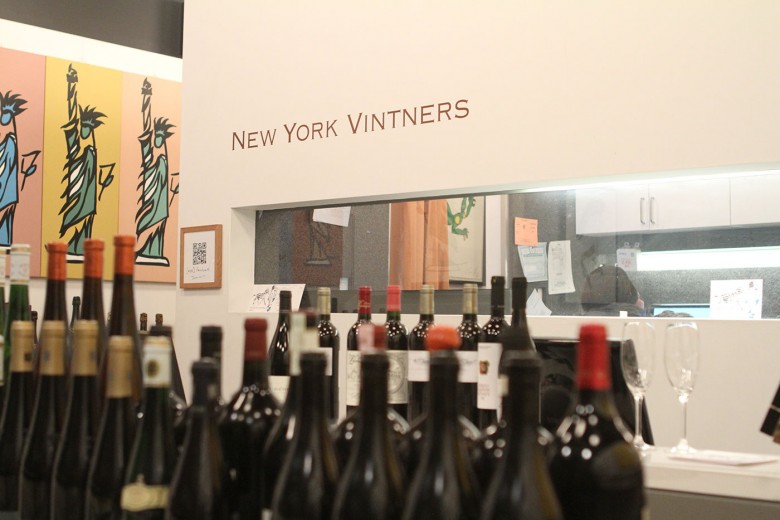Gents, while the days of ordering for your lady on a date might be a thing of the past, you shouldn’t be a total slouch when it comes to picking a good wine. With wine now being a “thing” – the tastings, tours, themed restaurants – it’s easy to be overwhelmed, not know the difference between the numerous wines, or both. This blueprint, courtesy of Osvaldo Pena, a sommelier from New York Vinters in downtown Manhattan, will help you navigate the racks at your local liquor store or impress your date the next time a wine list comes your way.
Sight
There’s more to red and white than meets the eye. Did you know that reds come in shades of purple, ruby, garnet or tawny? While whites come in shades of lemon, green, gold, amber or brown? According to Pena, New York Vinters resident magician and one of the boutique shops teachers, a wine’s clarity makes a difference in what you taste. A wine that’s bright and clear is a better quality, while one that’s dull or hazy isn’t as well made. Specifically, a wine’s clarity can tell you about what kind of grape was used, how old it is and even the conditions it was grown in. If a wine is bright and rich, you’ve got a winner. If it looks a bit cloudy the quality isn’t as high.
Before you take a sip, look deeper. How pale, deep or opaque your selection looks also says a lot about it. “Take your wine and hold it up against the light and look at a piece of paper,” said Pena. “If you can see the words on the paper through the glass, then it’s clear,” which means you’re dealing with a young white (they tend to be darker if they’re older) or an old red (they appear brighter over time).”
If you want to know how much alcohol is in your glass, stir it around your glass and notice how long it takes to run down the sides (or what experts call “legs”). If it runs quickly, there’s not much. If it goes slow, you’re in for a potential bender.
Smell Your Wine
Dig in like a perrito and inhale your wine’s scent. “I want you to put your hand over your glass and stir it around,” commanded Pena to a group that sat around the shop’s cellar table during a recent class. “It will trap the aromatics.” Once you release your hand put your nose to the glass. If it smells musty or moldy you’re dealing with an “unclean” wine that might be tainted. It’s still drinkable but won’t taste as good. If you get a batch that smells like vinegar, you shouldn’t drink it. A “clean” scent will only leave the aroma of fruits and spices it was made with. Speaking of aroma, it’s the best way to differentiate between “old” and “new” style wine. Fruity and floral wines are “new world” likely a bottle from the United States, South Africa, South America or Australia. If spices and vegetal smells are what stand out then you’ve got an “old world” wine that probably hails from Europe or another country that’s historically known for its wines.
Taste
Your taste buds are the best judge of what you’re looking for. After a few sips, pay attention to the following:
Sweetness – A wine that has little to no sugar left after it’s been fermented is called “dry.” A wine that tastes sweet but balanced is considered “medium,” while a wine that only tastes sweet has a lot of residual sugars leftover.
Acidity/Tannin – If you’re drinking a white that makes your mouth water often, you’ve got a high acid wine. Red wines have tannins that give it a tart or bitter taste; the more tannin there is, the more your mouth will pucker.
Body – Do you feel like you just sipped a glass of milk? Or does it go down like water? The heavier and thicker a wine is, the more full bodied it is.
Finish – How long a wine remains in your throat after you’ve finished drinking indicates its finish; a short finish doesn’t last long, while a medium or higher finish lingers.
Oz Pena’s Tasting Notes
*Never rinse a glass before pouring a second round. A seasoned glass is better than a clean one because it retains the flavor.
*Pay attention to your palette, not to price. “An expensive bottle of wine, does not mean it’s going to be good quality,” Pena shares. “Trust your palette to tell you what you like and what’s good.”
*Pair fatty foods (pork, beef) with full body wines whose spice or tannin will balance out the meal. Pair leaner foods like poultry, pasta or seafood with high acid wines to balance out flavors.
Photo Courtesy of New York Vintners

